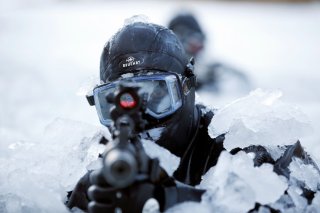How a Clandestine North Korean Mission Nearly Started a War
As an interesting postscript to the event, Lee Kwang-soo, the captured helmsman, defected to South Korea and became a naval instructor. More than a decade later, he would speak out publicly that the sinking of the South Korean frigate Cheonan was the work of a North Korean submarine.
The failure to detect the spy submarine led to a shakeup of the Republic of Korea military, with twenty officers disciplined and two general relieved of their posts. In 2011, the South Korean military even staged a military exercise recreating the circumstances of the incident, in order to test whether it could respond more effectively.
The incident at Gangneung demonstrated how deeply the North Korean regime has indoctrinated its troops, to the point that they would commit murder and suicide rather than face capture. Indeed, they likely did not expect mercy from their own government in the event they were captured and repatriated to North Korea alive. This led to the tragic and needless deaths of dozens in an incident emblematic of the perpetual state of conflict and provocation Pyongyang has maintained between the two Koreas for more than a half a century.
As an interesting postscript to the event, Lee Kwang-soo, the captured helmsman, defected to South Korea and became a naval instructor. More than a decade later, he would speak out publicly that the sinking of the South Korean frigate Cheonan was the work of a North Korean submarine. As for the submarine he used to pilot, it is now on display in the Tongil Unification Park built at Gangneung.
Sébastien Roblin holds a master’s degree in conflict resolution from Georgetown University and served as a university instructor for the Peace Corps in China. He has also worked in education, editing and refugee resettlement in France and the United States. He currently writes on security and military history for War Is Boring.
This appeared in March and is being reposted due to reader interest.
Image: Reuters.

